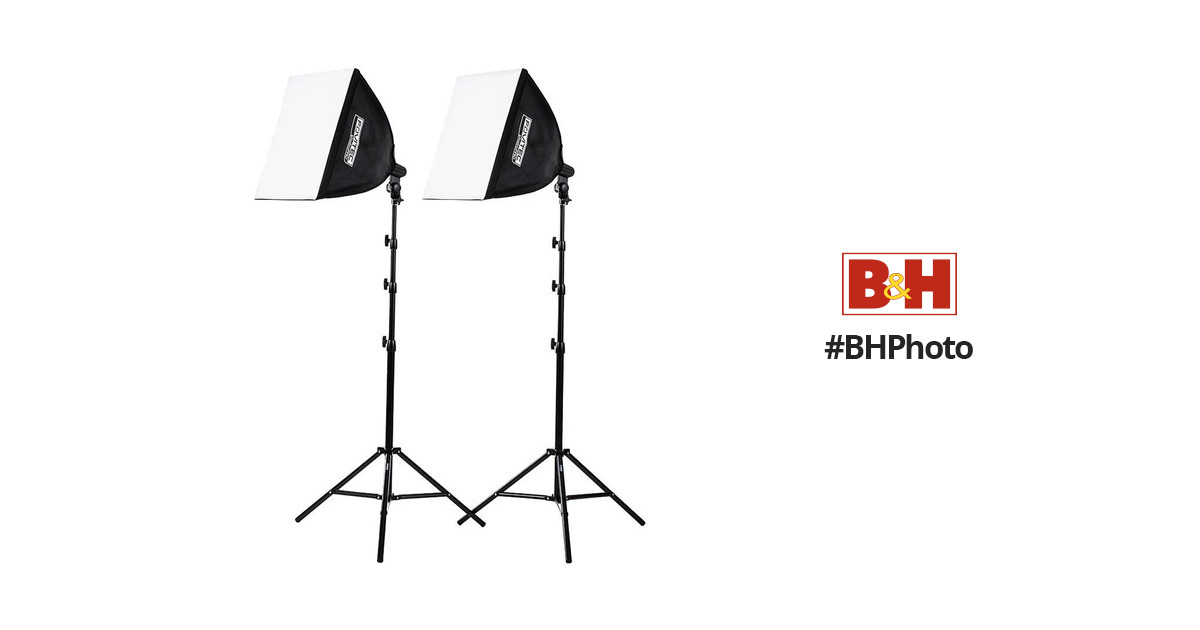Artyczar
Moderator
- Messages
- 12,818
I'm sure we all have our own way of photographing our art. A lot of times, I hire a professional. They have all the right equipment and lighting (namely those Tungsten lights). But I can't always afford that.
I have found that photographing the art outside is best, for me. Always against a flat, neutral background, in even shade. The sun has to be at either 11:00 AM or 1:00 PM, depending on how the art is facing, but not directly above. The sun can be behind or to either side of me, just as long as I can see the camera (that helps!) and the painting/art is in the even shade. An overcast day can sometimes work too, but I'll have to brighten the images a bit in Photoshop.
I always, always, use a tripod. That might be most important thing, otherwise, I might as well not take the pics at all. I used to use an SLR, but now I just shoot digital and keep the setting on auto. It works great, as long as you have a good lens. A good lens is important too.
How do you do it? Inside? Outside?
I have found that photographing the art outside is best, for me. Always against a flat, neutral background, in even shade. The sun has to be at either 11:00 AM or 1:00 PM, depending on how the art is facing, but not directly above. The sun can be behind or to either side of me, just as long as I can see the camera (that helps!) and the painting/art is in the even shade. An overcast day can sometimes work too, but I'll have to brighten the images a bit in Photoshop.
I always, always, use a tripod. That might be most important thing, otherwise, I might as well not take the pics at all. I used to use an SLR, but now I just shoot digital and keep the setting on auto. It works great, as long as you have a good lens. A good lens is important too.
How do you do it? Inside? Outside?

